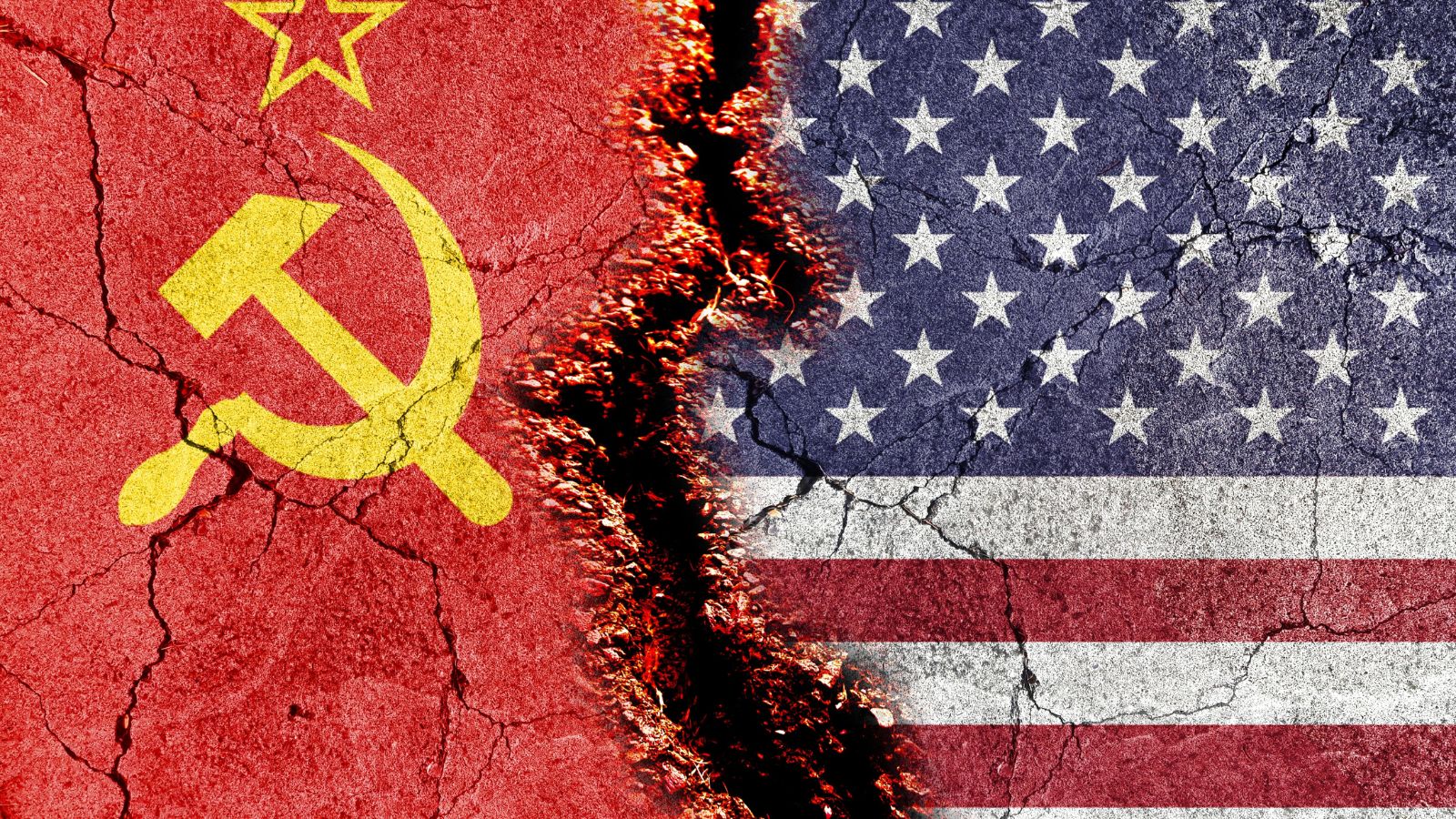Inspiring countries since its birth as a nation, America continues to remain friends with democratic countries throughout the world. The United States also continues to have enemies, both past and present. Here are 18 enemies of America, past and present.
Great Britain: The Foe of the Revolutionary War
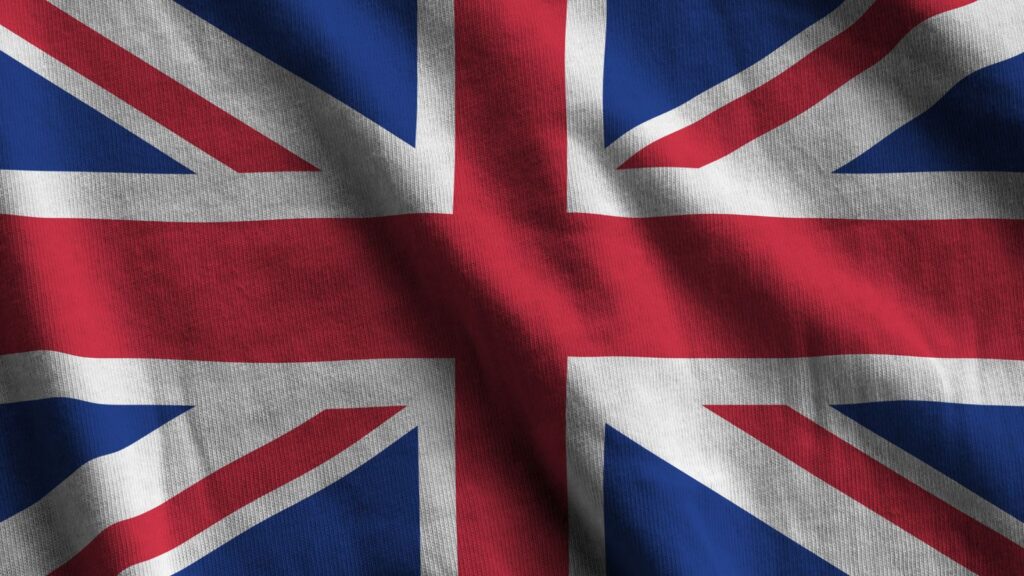
The Revolutionary War established America as the first nation with a written constitution and inspired revolutions worldwide. British influence in the 13 colonies waned during the 1700s, ending in the War of Independence. George Washington declared Britain defeated and the 13 states free on July 4, 1776.
Mexico: Adversary in the Mexican-American War
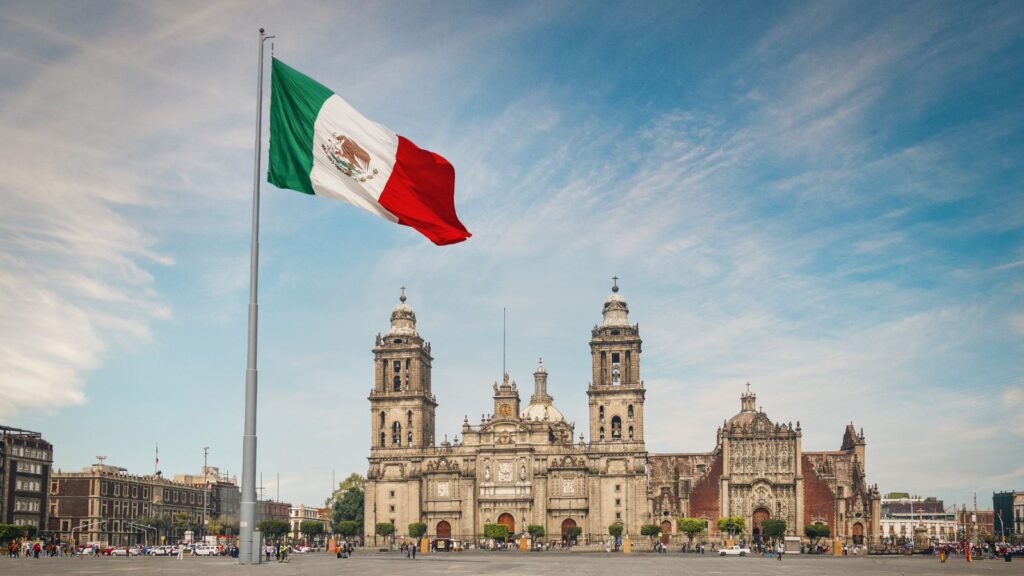
Between 1846-48, America invaded and occupied Mexico. The American annexation of Texas in 1845 created a border dispute between the two countries. President Polk offered to buy the disputed territory, but the Mexicans refused. An invasion followed, with the US army briefly occupying Mexico City. The Treaty of Guadalupe Hidalgo gave America the disputed land, while Mexico received reparations for war losses.
The Confederate States: America's Internal Enemy During the Civil War
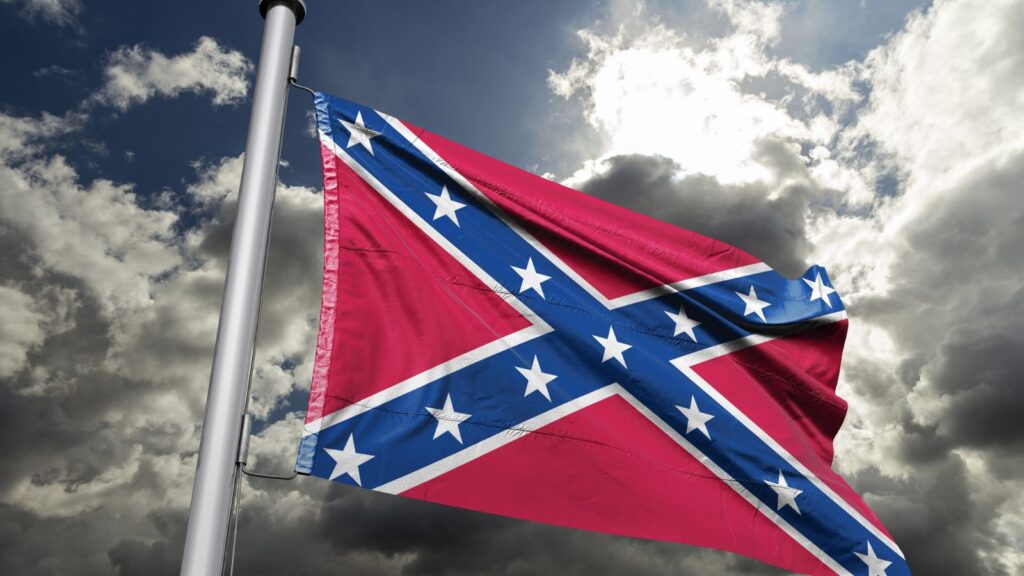
The election of Abraham Lincoln as president in 1860 caused seven slave states to secede from the Union. Lincoln opposed the expansion of slavery and the separatist states from the Confederacy. In a brutal war fought over four years, the Union won in 1865. Historians still debate the causes and repercussions of a war that has shaped modern America.
Spain: Opponent in the Spanish-American War
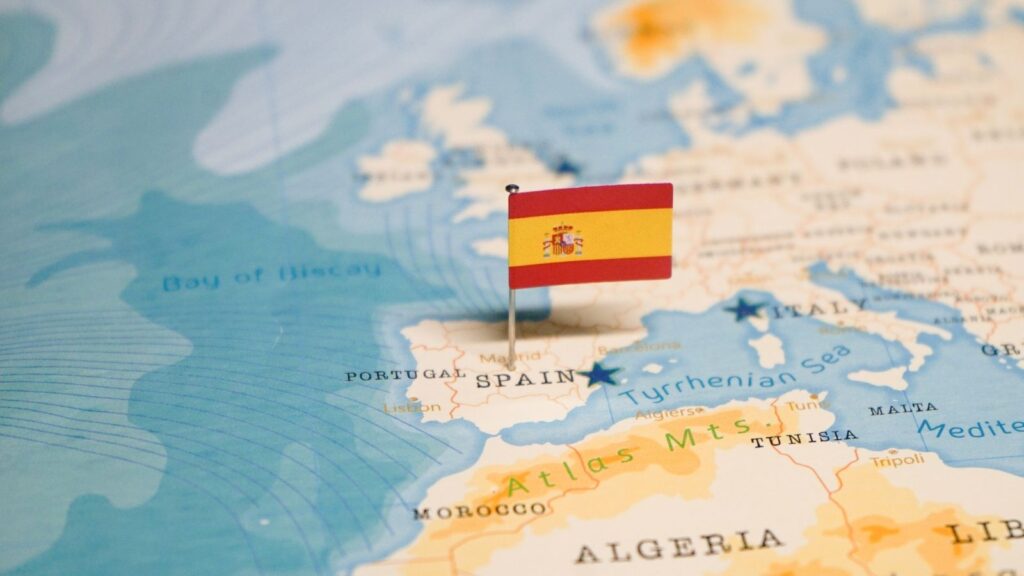
A rebellion in Cuba, supported by the United States, sparked conflict with a declining Spanish empire. Fought in the Caribbean and the Pacific, the war expanded US influence to the island nations of the Caribbean and the Philippines in Asia. The Paris Treaty of 1898 gave America Puerto Rico, the Philippines, Guam, and temporary control of Cuba. Ending Spanish presence in the Americas, the war signaled the end of Spain’s empire.
Germany: Rival in Both World Wars
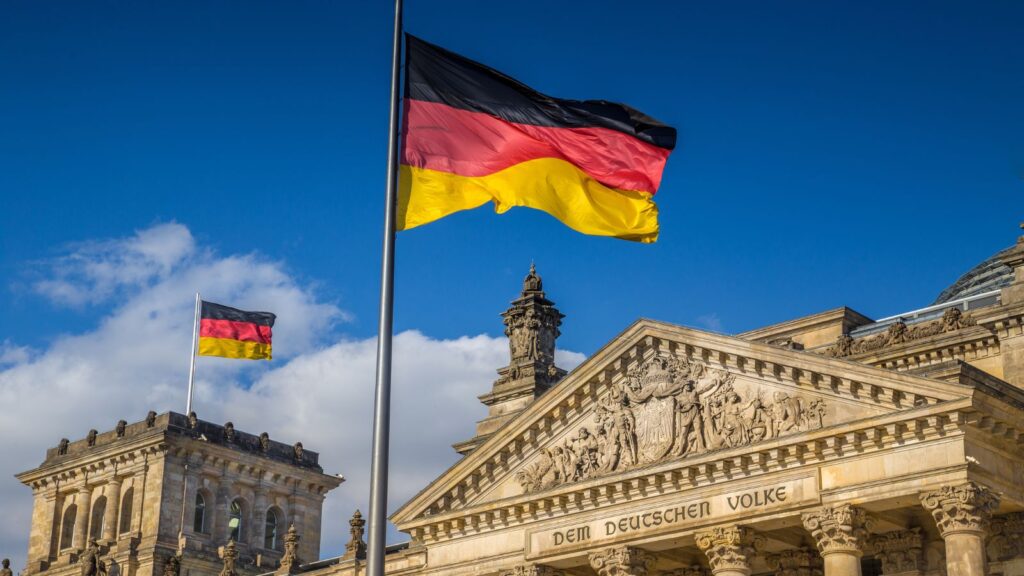
In both World Wars, America and her allies defeated Germany on the European battlefield. In the first, brutal trench warfare led to a stalemate before US involvement helped turn the tide. In Europe, the second war, a consequence of the first, ended on May 8, 1945. American, British, and Russian troops entered Berlin while Adolf Hitler committed suicide in his bunker. The war destroyed most of Europe and American and Russian competition after splitting Europe in half.
Japan: World War II Adversary and Pearl Harbor Attacker

Japanese overconfidence in their ability to project power and fight a war against America led to the Pearl Harbor attack. In response, America declared war against Japan and the other Axis powers. War raged in the Pacific, ending with two atomic bombs dropped on Hiroshima and Nagasaki. Japan’s surrender ended the Second World War.
Italy: Axis Power During World War II

The Axis alliance during the Second World War included Germany, Japan, and Italy. With America’s declaration of war after Pearl Harbor, war with Italy became official. Allied campaigns to liberate Europe included invading Italy from the south, and the Italians surrendered on September 8, 1943.
The Soviet Union: The Main Rival in the Cold War
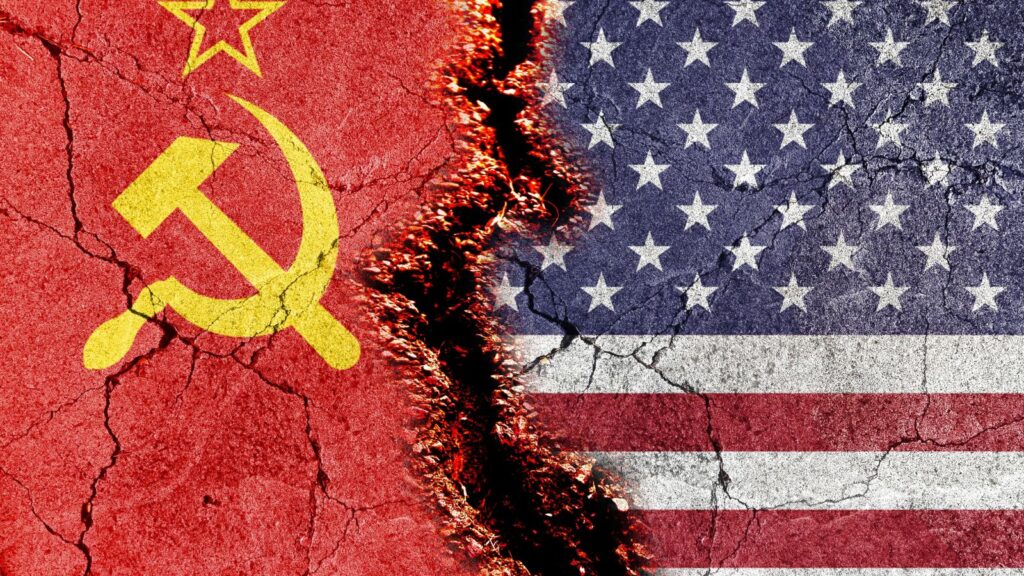
A war that was never hot but fought through proxies. After the Second World War, the Soviet Union and America fought an ideological conflict for power and influence. Frequent threats of nuclear war, such as the Cuban missile crisis, left the world in fear of obliteration. The Cold War ended with the collapse of the Soviet Union in 1991, but the consequences of the tensions are still visible today.
North Korea: The Enemy in the Korean War and Beyond
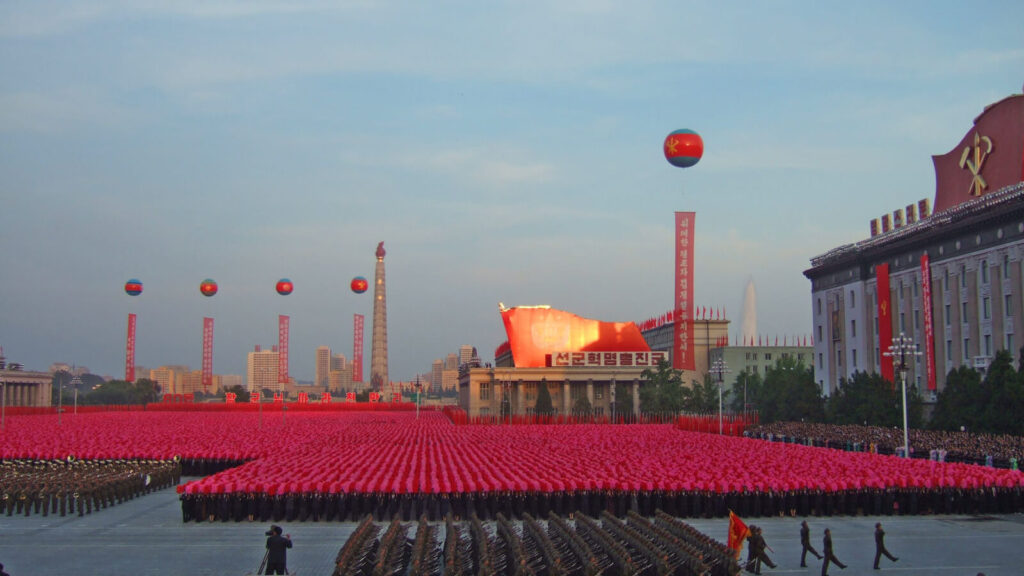
The Korean War started in 1953 and ended with the Korean Peninsula split between North and South Korea. The North Korean ideology of Juche depended on complete independence, which led to international isolation. US involvement in the Korean War and opposing ideologies created tensions that are still ongoing.
China: The Rising Adversary in the Korean and Vietnam Wars
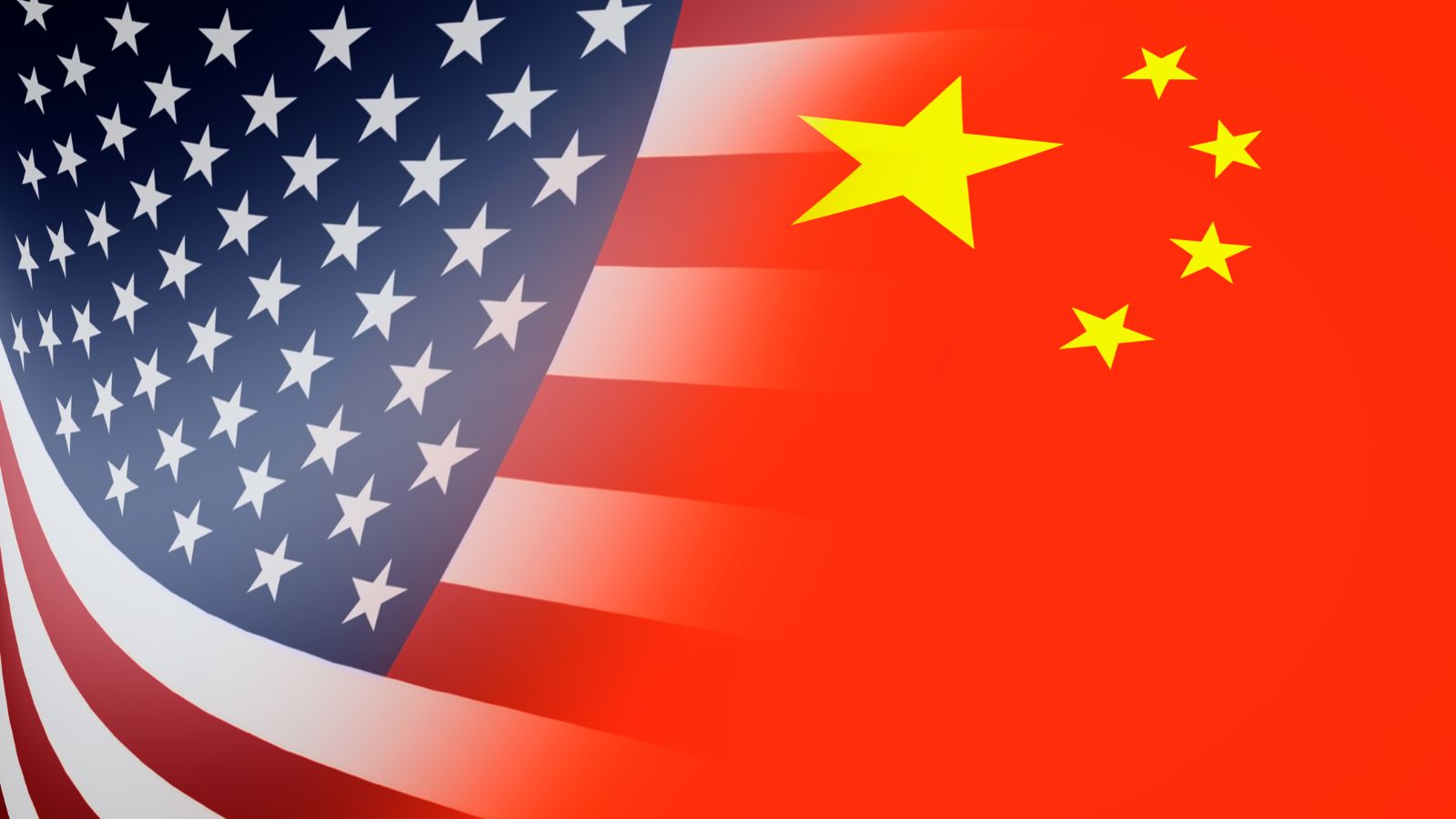
After the Communist Revolution in 1949, China looked to increase its presence on the world stage. The Korean War provided an opportunity to project power and maintain influence on neighboring Korea. Over a million Chinese troops died in the Korean War, and strong ties with North Korea remain. They also supplied weapons to the Viet Cong during the Vietnam War, fighting the Americans by proxy. Chinese-American relations fluctuate as China continues to seek global influence.
Vietnam (North Vietnam): Opponent in the Vietnam War
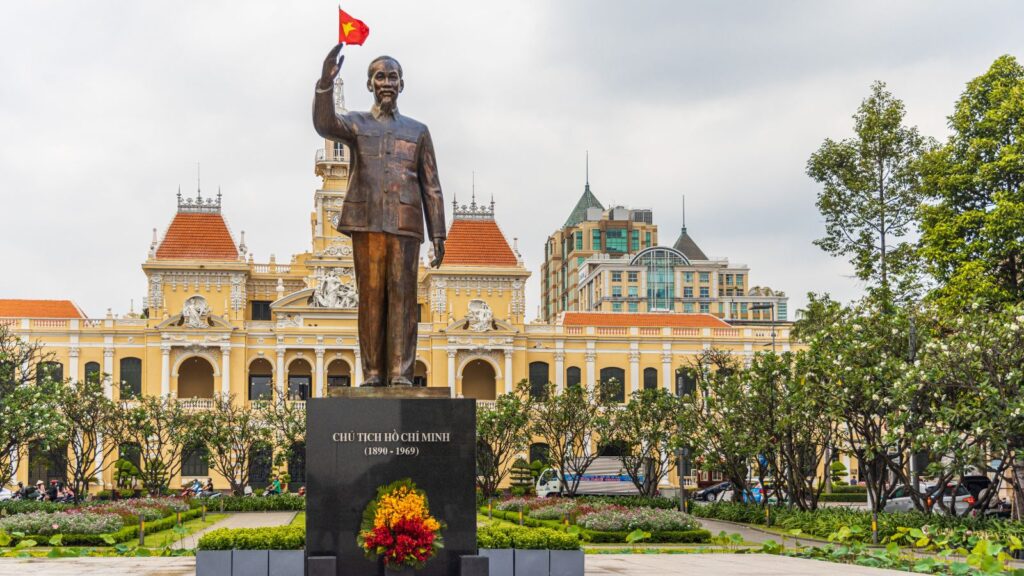
The height of the red scare phenomenon during the 1950s led to the invasion of Vietnam. Communist rebels in North Vietnam led by Ho Chi Minh threatened to take over the entirety of the country. Fearing the spread of communism, the US invaded and found themselves in a protracted war against an enemy they underestimated. An unpopular war, it provoked anti-war movements in America.
Cuba: Cold War Foe and Site of the Missile Crisis
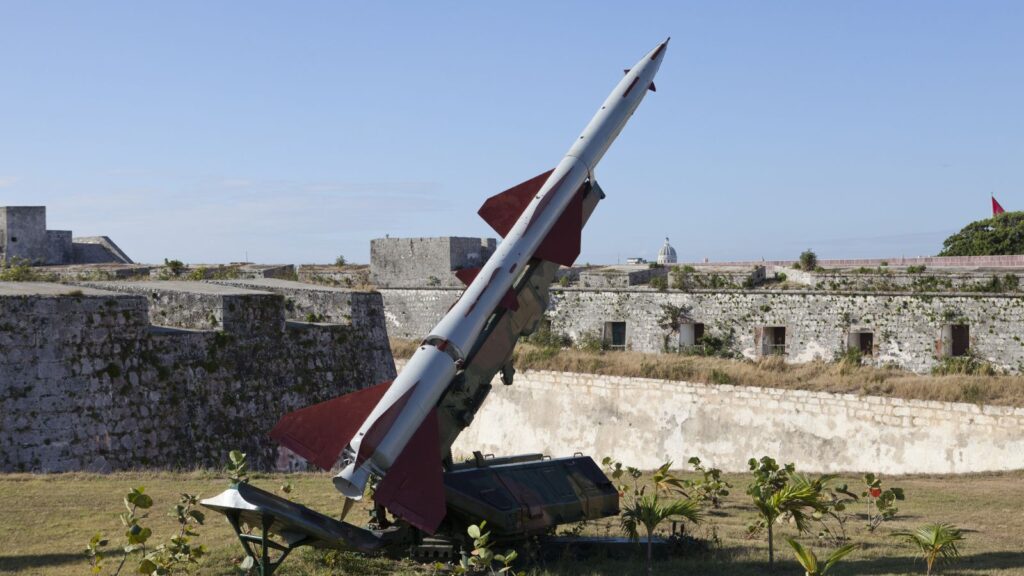
The Cuban Missile Crisis saw the world on the brink of nuclear war. In 1962, the Soviet Union moved missiles to Cuba in response to US missile deployments in Turkey and Italy. Too close for comfort, America responded by threatening to destroy the missiles and invade Cuba. The weapons were dismantled after negotiations between Kennedy and Khrushchev, and America secretly removed missiles from Turkey.
Iran: The Nation Behind the 1979 Hostage Crisis
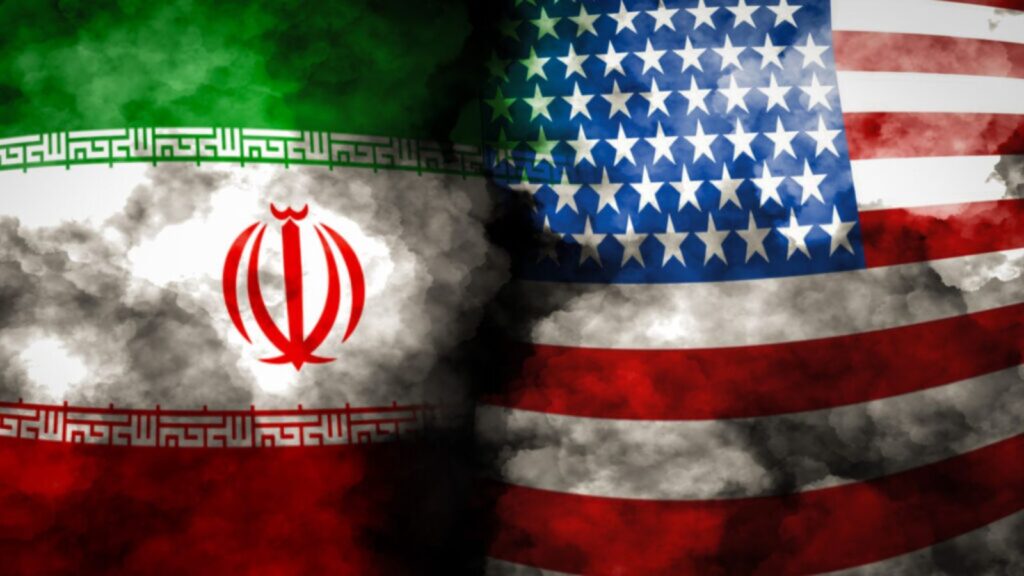
On November 4, 1979, Iran took fifty-three American diplomats hostage and held them for 444 days. Iran claimed American influence before, during, and after the Iranian revolution destabilized the country. The United States also gave the former Shah Mohammed Reza Pahlavi asylum in America. The crisis ended with the signing of the Algiers Accords, but American-Iranian relations have never recovered.
Iraq: Adversary in Two Gulf Wars
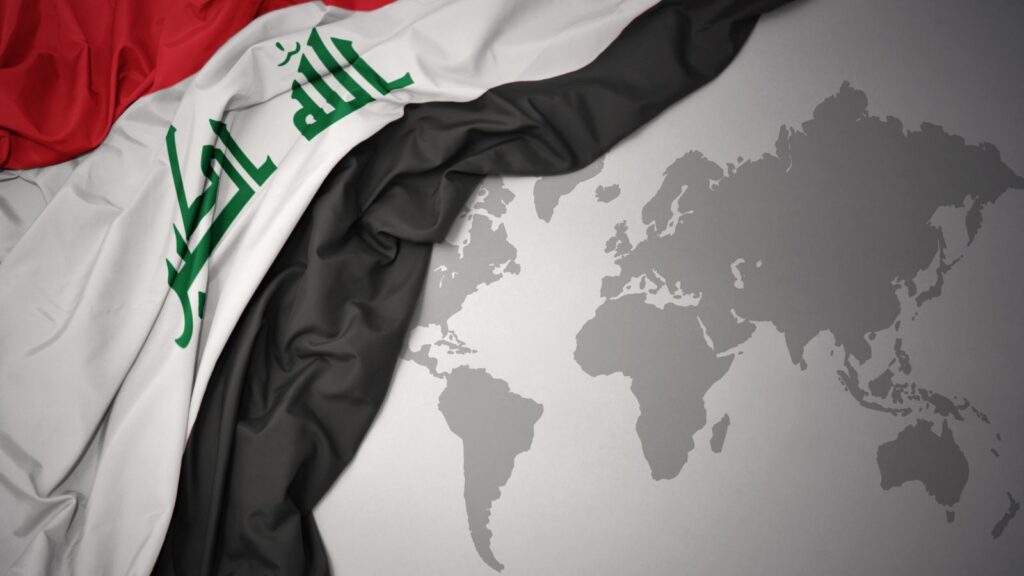
Following the Iraqi invasion of Kuwait in 1990, America reciprocated and invaded Iraq. Previous to the war, there seemed to be little tension between the countries. America supported Iraq during its war with Iran. With a vastly superior army and with the help of the Allies, the defeat of Iraq came quickly. Tension remained until 2001, when allegations of Saddam Hussein having weapons of mass destruction led to another invasion and the toppling of Hussein’s government. The second war is subject to much controversy and seen by many as unnecessary.
Afghanistan: Central to the War on Terror
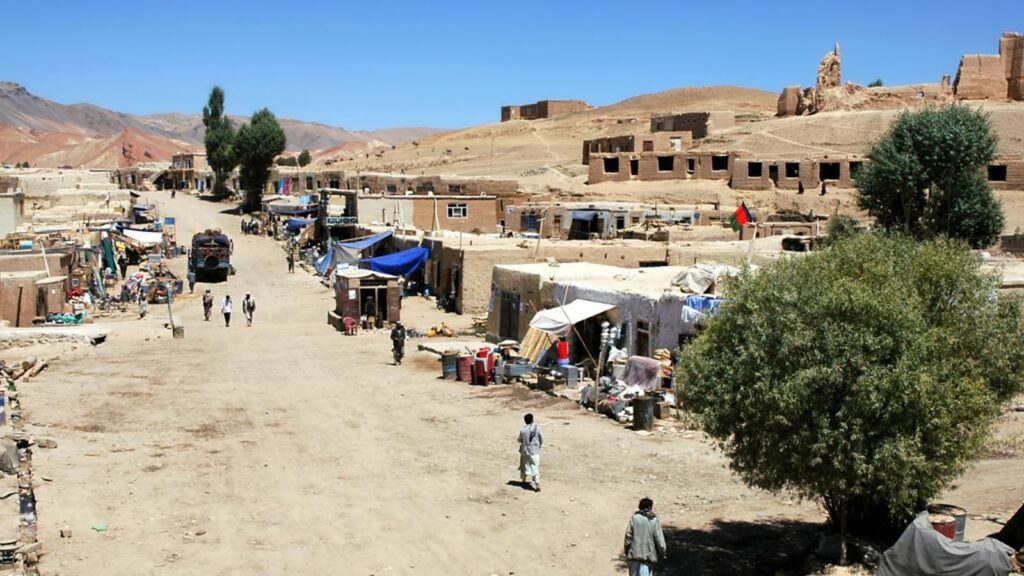
After the 9/11 terror attacks in New York, America exacted revenge on Afghanistan for harboring terrorists. Having removed the Taliban government in a swift war, it was replaced with a democratic one. Insurgency within Afghanistan grew, and America remained on Afghan territory for 20 years.
Libya: The Gaddafi Regime and the Lockerbie Bombing
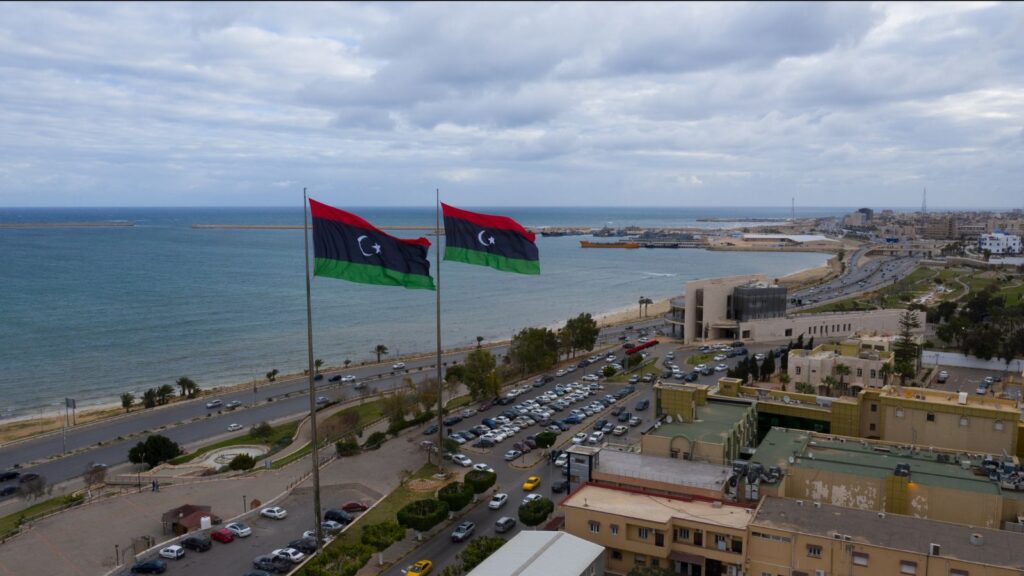
In response to US naval activity near the Libyan coast, terrorists blew up a Pan-Am airliner over the coast of Scotland in 1988. Tragically, 259 people died, and it took until 2002 before Libya claimed responsibility. US-Libya relations improved in the 2000s, but uprisings in Libya in 2011 provided an opportunity for US revenge. Cruise missiles and air support provided the rebels with enough firepower to overthrow dictator Muammar Gaddafi.
Syria: The Ongoing Conflict and Proxy Wars
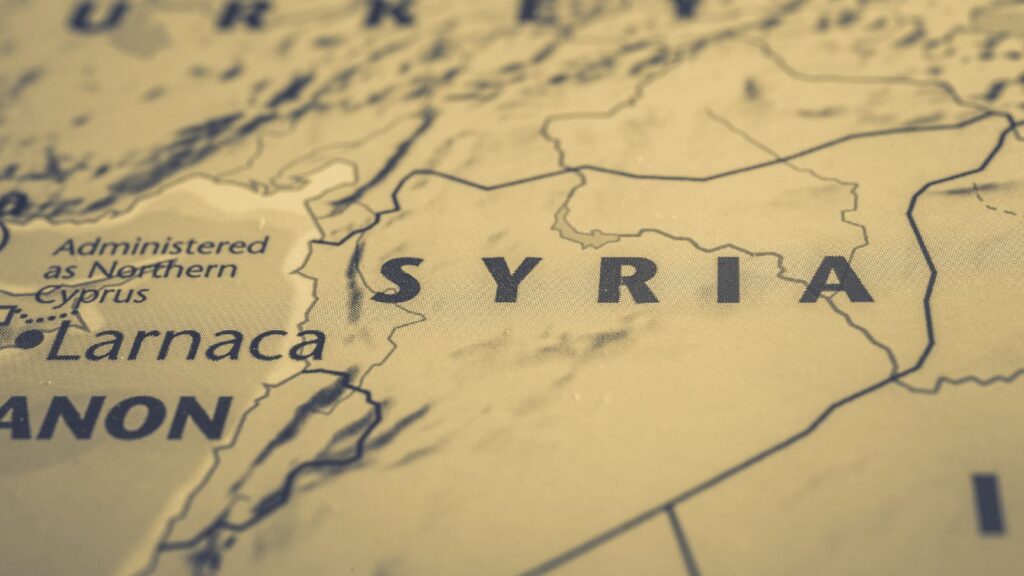
The United States supported a 2011 uprising in Syria against President Bashar Al-Assad. The civil war provided the opportunity for ISIS to infiltrate Syria through Iraq. Using special forces and airpower, America attacked the terrorists on Syrian territory. Russian support for Al-Assad has led to an ongoing proxy war between various state and non-state actors, including the United States.
Russia: The Resurgent Rival in the Post-Cold War Era
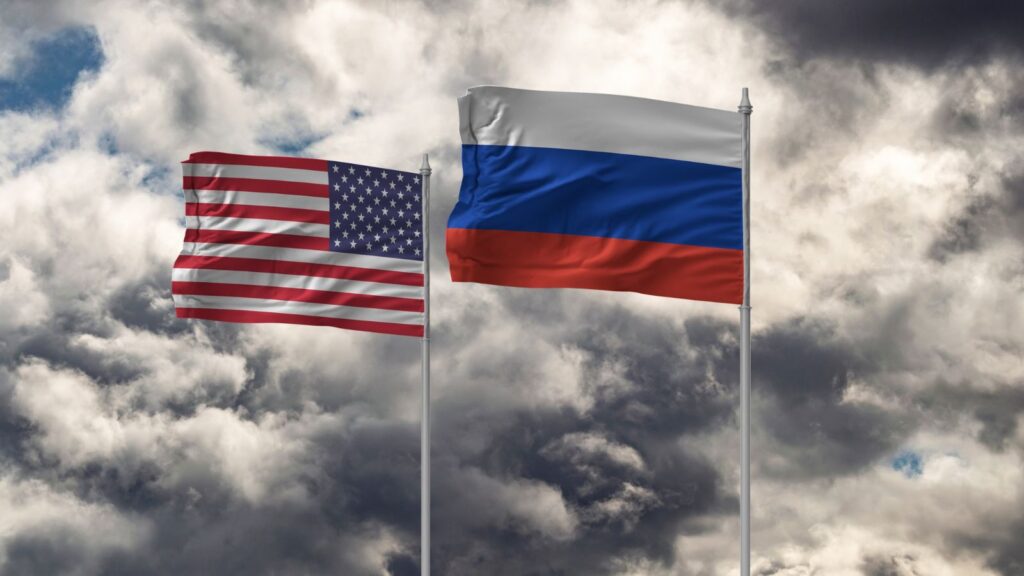
The end of the Cold War in 1991 and the collapse of the Soviet Union allowed a thaw in US-Russian relations. It also led to a period of relative peace around the world. Russian accusations of NATO encroachment on Eastern Europe in the mid-2000s shattered the illusion. The current conflict in Ukraine represents a proxy war between Russia and NATO. There are also accusations of Russian influence on American elections.
30 Traditional Sayings That Are Now Considered Offensive by Woke Culture

30 Traditional Sayings That Are Now Considered Offensive by Woke Culture
21 Habits Often Associated With Having a Lower Social Status

21 Habits Often Associated With Having a Lower Social Status
25 Social Issues Gen Z are Determined to Cancel

